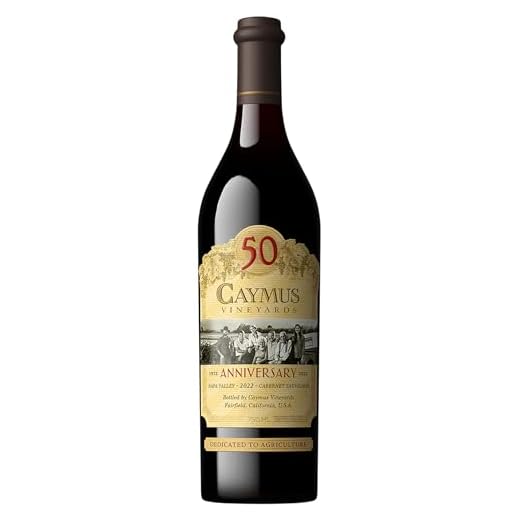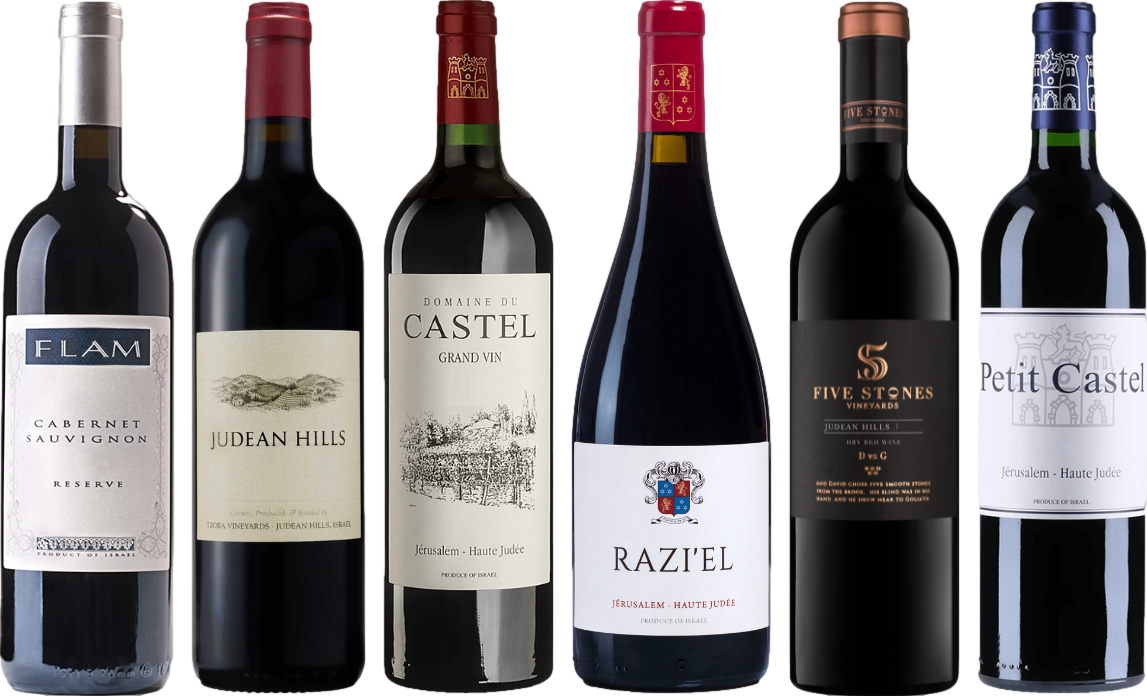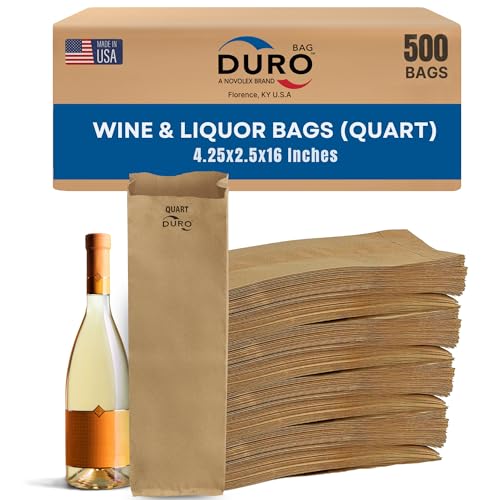



For enriching sauces and marinades, opt for a medium-bodied varietal like Merlot or Pinot Noir. These choices bring a soft fruitiness that enhances dishes without overwhelming them. Merlot’s smooth tannins and approachable flavor profile can elevate a beef stew, while Pinot Noir’s earthy notes complement mushroom risottos beautifully.
If you seek a bolder flavor, consider a Cabernet Sauvignon. Its robust character works wonders in braises and hearty dishes. The tannins in Cabernet can help tenderize meat, making it a fantastic addition to slow-cooked preparations. Pairing it with a rich tomato sauce can create an unforgettable pasta experience.
For a more unique twist, try using a Zinfandel. Its jammy fruit flavors and spice notes can add depth to barbecue sauces or glazes. The sweetness of Zinfandel can balance out the heat in spicy dishes, making it a versatile option in your culinary toolkit.
Finally, avoid sweet varieties, as they can alter the intended flavor profile of your dish. Instead, focus on dry options to maintain a balanced taste. Experimenting with these selections will enhance your cooking and bring out the best in your ingredients.
Choosing the Right Pour for Dishes
Opt for a medium-bodied variety with balanced acidity and fruity notes. A Merlot or Pinot Noir is excellent, as they enhance the flavors without overpowering the ingredients. These selections work well for stews, marinades, or sauces.
Specific Recommendations
- Merlot: Its smooth texture and plum flavors make it versatile for various dishes, especially beef and chicken.
- Pinot Noir: Ideal for lighter meals, this choice complements mushroom risottos and roasted vegetables.
- Cabernet Sauvignon: Use sparingly, as its boldness suits hearty recipes like braised meats.
Cooking Tips
- Always select a bottle you would enjoy drinking; quality impacts flavor.
- Consider the dish’s profile; match intensity accordingly.
- Let the liquid simmer to enhance its essence before serving.
Choosing the Right Red Wine for Meat Dishes
For meat dishes, I recommend a full-bodied option like Cabernet Sauvignon or Syrah. These varietals enhance the flavors of hearty proteins, bringing depth to the dish.
When preparing beef, consider a robust Cabernet Sauvignon. Its tannins cut through the richness, creating a balanced palate. For lamb, a Shiraz or a bold Merlot works wonders, complementing the meat’s natural sweetness.
For pork, a fruity Zinfandel or a Grenache can add a lovely contrast, while a Pinot Noir serves well with duck, thanks to its acidity and subtle earthiness. These selections not only elevate the meal but also integrate beautifully into sauces and marinades.
Always choose a bottle that you enjoy drinking; the flavors will translate into your dish. Avoid overly sweet options, as they can disrupt the savory profile of your culinary creations.
In summary, let the characteristics of your chosen varietal enhance the overall experience of your meat dishes. Experiment with different combinations to discover what resonates best with your palate and enhances your culinary skills.
Best Choices for Sauces and Marinades
Cabernet Sauvignon stands out as an exceptional option for sauces and marinades. Its robust tannins and rich fruit profile enhance flavors in hearty dishes, particularly red meats. Look for bottles from Napa Valley or Bordeaux for optimal results.
Merlot offers a softer alternative, bringing plum and cherry notes that complement poultry and pork. Opt for a bottle with moderate acidity to balance the sweetness in your marinades.
Syrah, particularly from regions like the Rhône Valley, contributes peppery and smoky characteristics, making it ideal for barbecue sauces and marinades. This varietal excels in enriching the umami of grilled meats.
Pinot Noir Versatility
Pinot Noir serves as a versatile addition, especially in lighter sauces. Its acidity and bright red fruit flavors work well with mushrooms and tomatoes, creating a delightful base for pasta dishes or risottos.
Tempranillo, with its earthy and leathery notes, enhances Spanish-inspired marinades. This grape pairs beautifully with spices, making it an excellent choice for dishes featuring chorizo or other spicy meats.
Affordable Choices for Culinary Uses
When seeking budget-friendly options for culinary endeavors, consider these selections that perform admirably without breaking the bank.
- Merlot: Known for its smoothness, this varietal offers a fruit-forward profile with soft tannins, making it ideal for stews and braised dishes.
- Cabernet Sauvignon: A versatile choice, it adds depth to sauces and marinades. Look for those from regions like California or Chile that won’t strain your wallet.
- Pinot Noir: This lighter option enhances flavors in delicate dishes, such as mushroom risotto or chicken. Affordable bottles from Oregon or New Zealand are excellent picks.
- Tempranillo: Spanish varieties provide a unique twist, perfect for enhancing the flavors of grilled meats and rich sauces.
- Zinfandel: Its bold fruitiness can elevate barbecue sauces or hearty pasta dishes, and many great value bottles are available from California.
Recommendations by Price Point
- Under $10: Look for California Merlots or basic Zinfandels that deliver solid flavor without the hefty price.
- $10-$15: Explore mid-range options like Pinot Noir from Oregon or Tempranillo from Rioja, which offer complexity and character.
- $15-$20: Seek out quality Cabernet Sauvignons from Napa Valley or Chile, providing excellent value for their robust profiles.
Finding affordable wines suitable for your culinary creations allows for experimentation and enhances the overall dining experience without financial strain. Enjoy the process of discovery in your kitchen!
Pairing Red Wine with Vegetables and Sides
For roasted vegetables, a fruity, medium-bodied option like a Pinot Noir complements earthy flavors beautifully. Its acidity balances caramelization, enhancing the dish’s overall profile.
When serving grilled asparagus or zucchini, consider a Grenache. Its berry notes and spice harmonize with the charred edges, creating a delightful contrast.
Pasta Dishes and Sides
For tomato-based sauces, a Sangiovese stands out. Its acidity cuts through the richness, while herbal and cherry notes elevate the dish.
With creamy risottos or polenta, a Merlot works well due to its soft tannins and plush fruit character, providing a seamless match.
Pairing with Hearty Sides
For robust sides like ratatouille or mushroom risotto, opt for a Syrah. Its bold flavors and peppery finish complement the dish’s richness.
Lastly, with earthy sides such as lentils or chickpeas, a Malbec adds depth. Its dark fruit and smoky undertones pair wonderfully, enhancing the overall dining experience.
Common Mistakes When Using Red Wine in Culinary Practices
One frequent error is using an inexpensive bottle without considering its flavor profile. Cooking with poor-quality liquid can result in undesirable aftertastes that permeate the dish. Always select a bottle that you would enjoy sipping; the flavors will enhance your meal.
Another common oversight is adding too much liquid. A splash can deepen flavors, but excessive amounts may dilute the dish, masking its essence. Balance is key–start with a small quantity and adjust as necessary.
Neglecting the Cooking Method
Different techniques require varying amounts of heat and time. For example, braising needs a longer cooking period, allowing the liquid to reduce and concentrate flavors. On the contrary, quick sautés only need a dash to brighten up the dish. Understand the method to maximize the benefits of your chosen beverage.
Pairing Incompatibly
Be mindful of the ingredients. Pairing overly robust varieties with delicate dishes can clash. For instance, a heavy-bodied option might overpower grilled fish. Use the table below to guide your selections:
| Ingredient | Recommended Pairing |
|---|---|
| Beef | Bold, tannic options |
| Poultry | Medium-bodied choices |
| Vegetables | Light, fruity selections |
| Fish | Soft, aromatic varieties |
Lastly, avoid using leftover liquid from an opened bottle that has been sitting for too long. Oxidation alters flavors, making it unsuitable for culinary uses. Always use fresh or properly stored options to maintain the integrity of your dishes.
When cleaning up after your culinary creations, consider using the best scrubber for nonstick pans to ensure your cookware remains in top condition and ready for your next gastronomic adventure.
FAQ:
What types of red wine are best for cooking?
When selecting red wine for cooking, it’s important to choose wines that complement the flavors of your dish. Generally, dry red wines such as Cabernet Sauvignon, Merlot, and Pinot Noir are excellent choices. Cabernet Sauvignon pairs well with hearty dishes like stews and braises, while Merlot is versatile and can enhance both meat and vegetable dishes. Pinot Noir, with its lighter body, works wonderfully in sauces and with poultry. Avoid sweet wines unless a recipe specifically calls for them, as they can alter the intended flavor profile.
Can I use any red wine for cooking, or does it have to be a specific type?
While you can technically use any red wine for cooking, some types are better suited for culinary purposes. Look for dry red wines that you would enjoy drinking. Cooking with wine that has a taste you dislike can result in a dish you won’t enjoy. Avoid cooking wines that are labeled as such, as they often contain added salt and preservatives. Instead, choose a bottle that you would sip alongside your meal; this will ensure a more harmonious flavor.
How does the quality of red wine affect the final dish?
The quality of the red wine you use can significantly impact the flavor of your dish. Higher-quality wines tend to have more complex flavors and aromas, which can enhance the overall taste of your food. If you use a cheap wine, it may result in a flat or off-putting flavor. It’s not necessary to use an expensive bottle, but opting for a decent wine that you enjoy drinking will yield better results in your cooking.
Are there any red wines that should be avoided in cooking?
Certain red wines are best avoided in cooking, especially those that are overly sweet or have heavy tannins. Sweet wines, like some Zinfandels or dessert wines, can make sauces and marinades too sugary and mask other flavors. Additionally, very tannic wines may create a bitter taste when cooked. It’s advisable to steer clear of wines labeled for cooking, as these often contain added salt and preservatives that can negatively affect your dish.
What role does red wine play in cooking?
Red wine serves multiple purposes in cooking. It can be used to deglaze pans, adding depth and complexity to sauces. Wine also helps to tenderize meats, as the acidity breaks down proteins, making them more flavorful and juicy. Additionally, when simmered, red wine can concentrate its flavors, enriching the overall taste of the dish. It can also enhance aromas, making the cooking experience more enjoyable.









